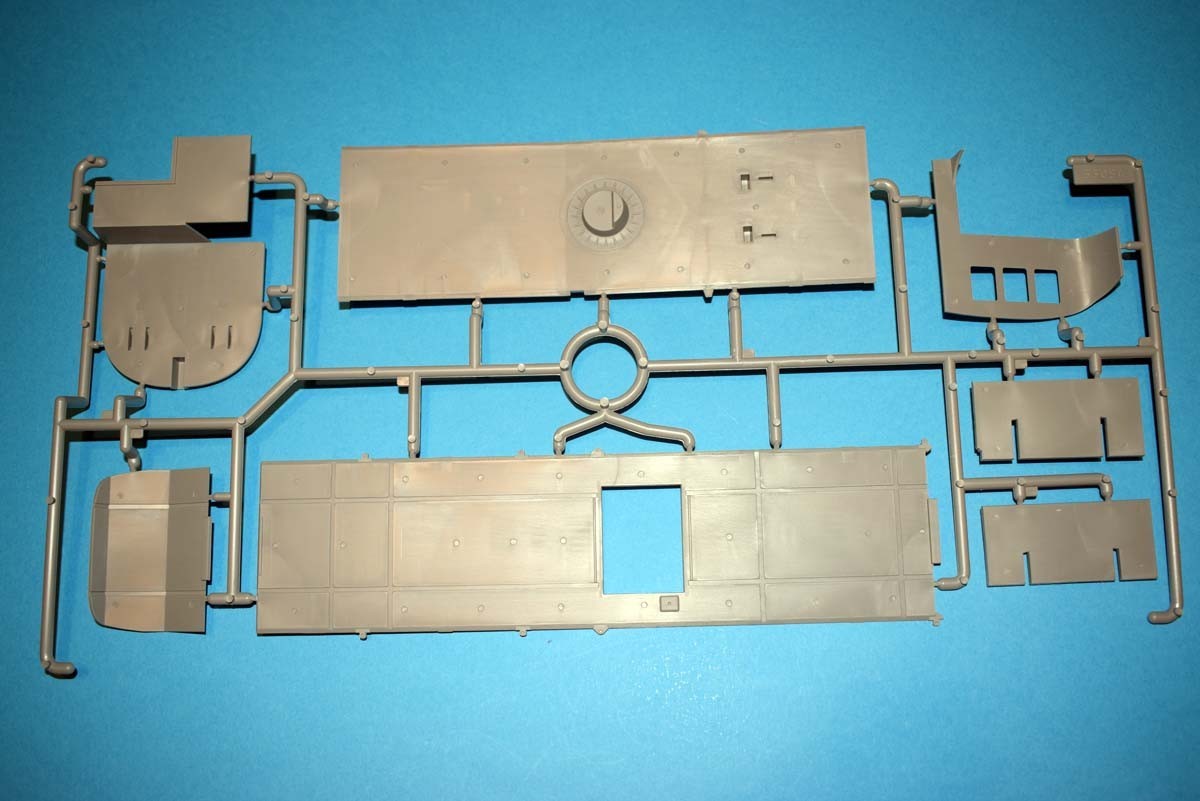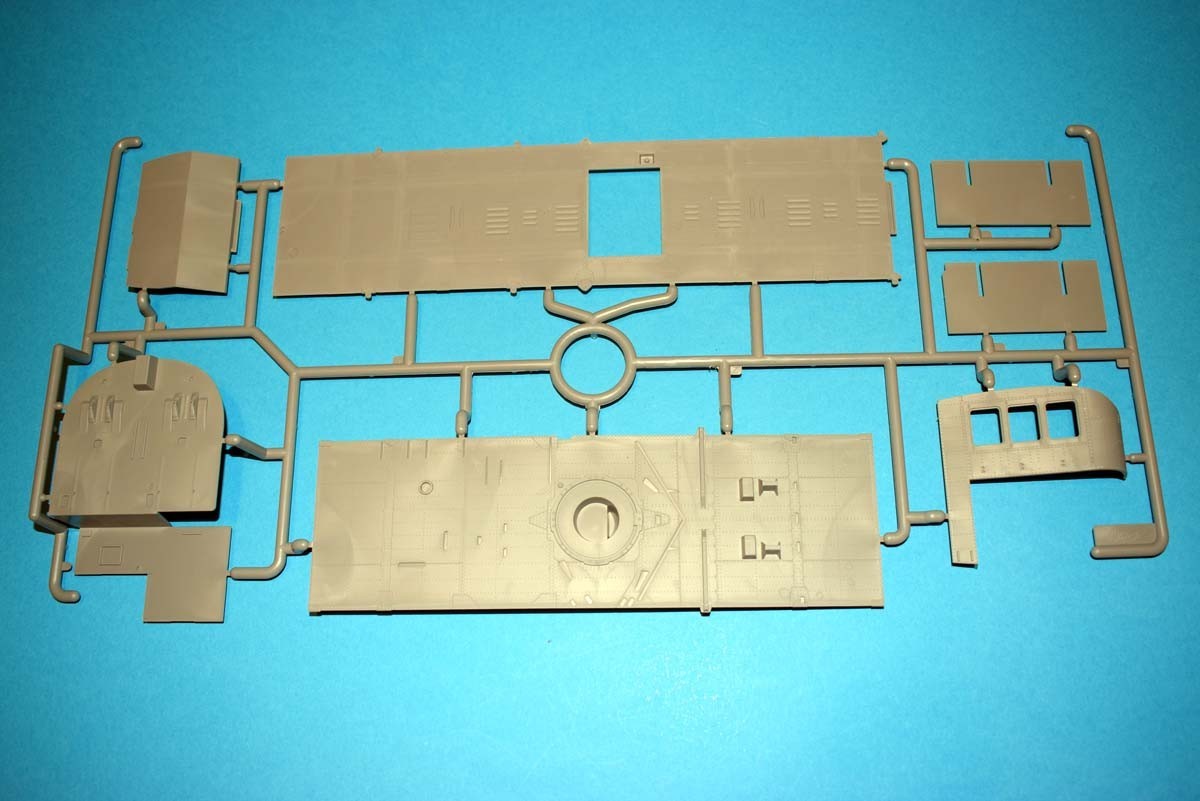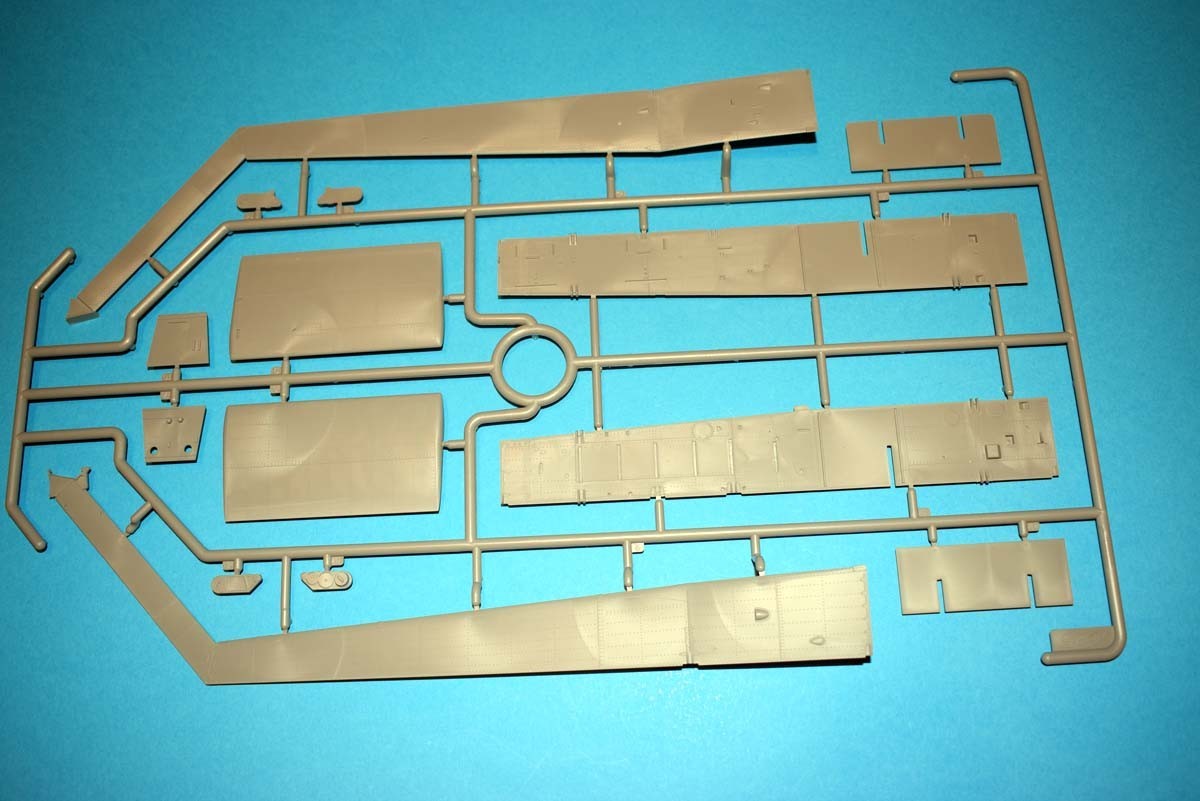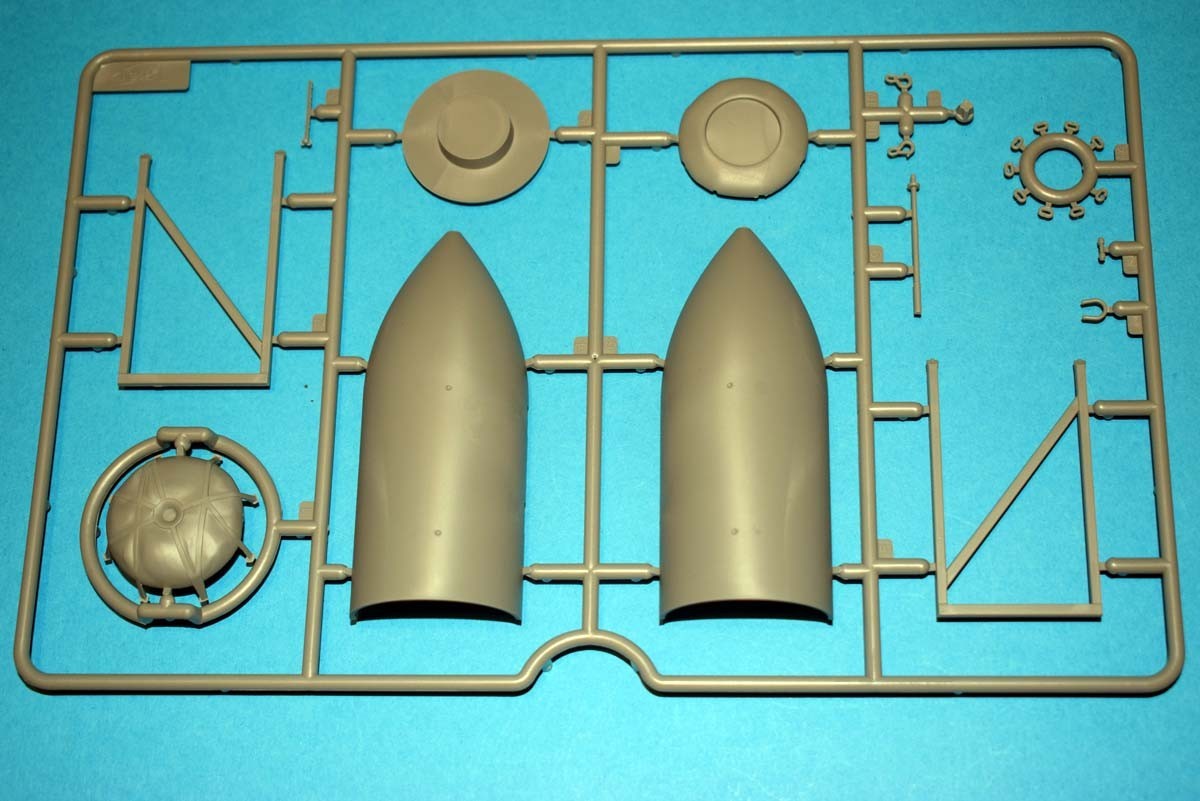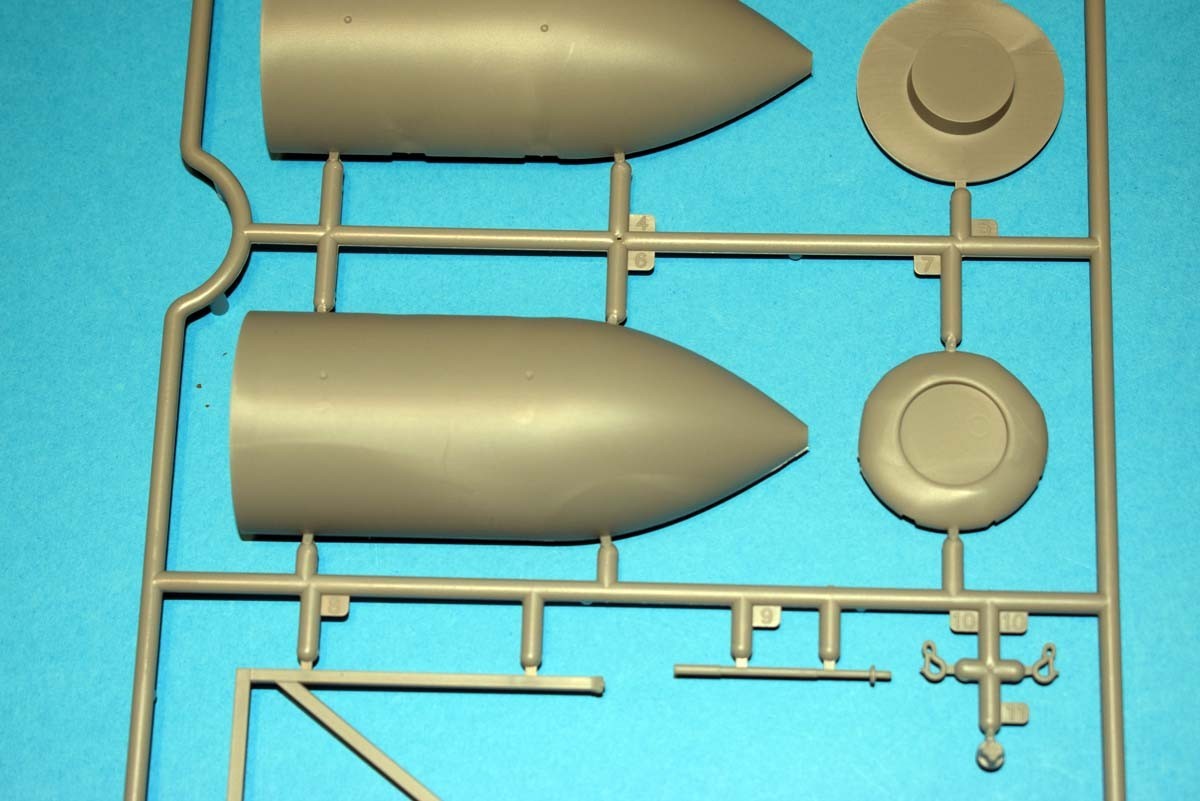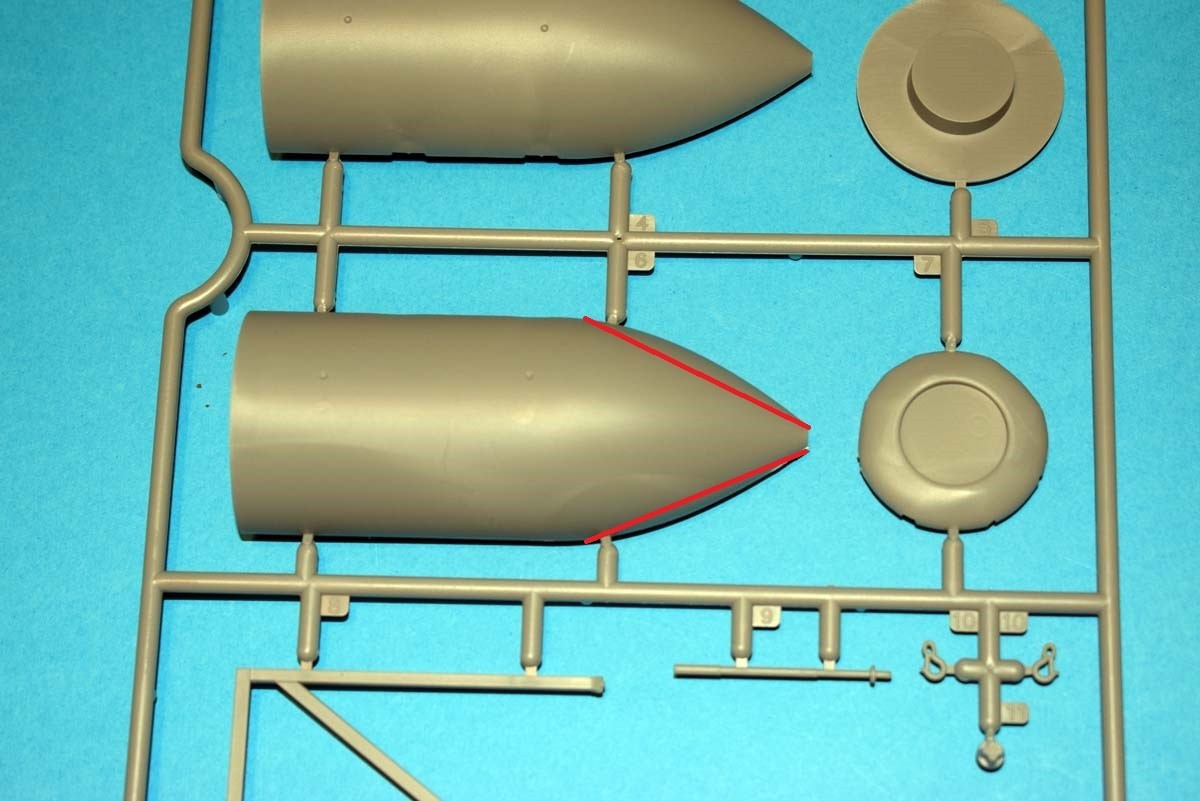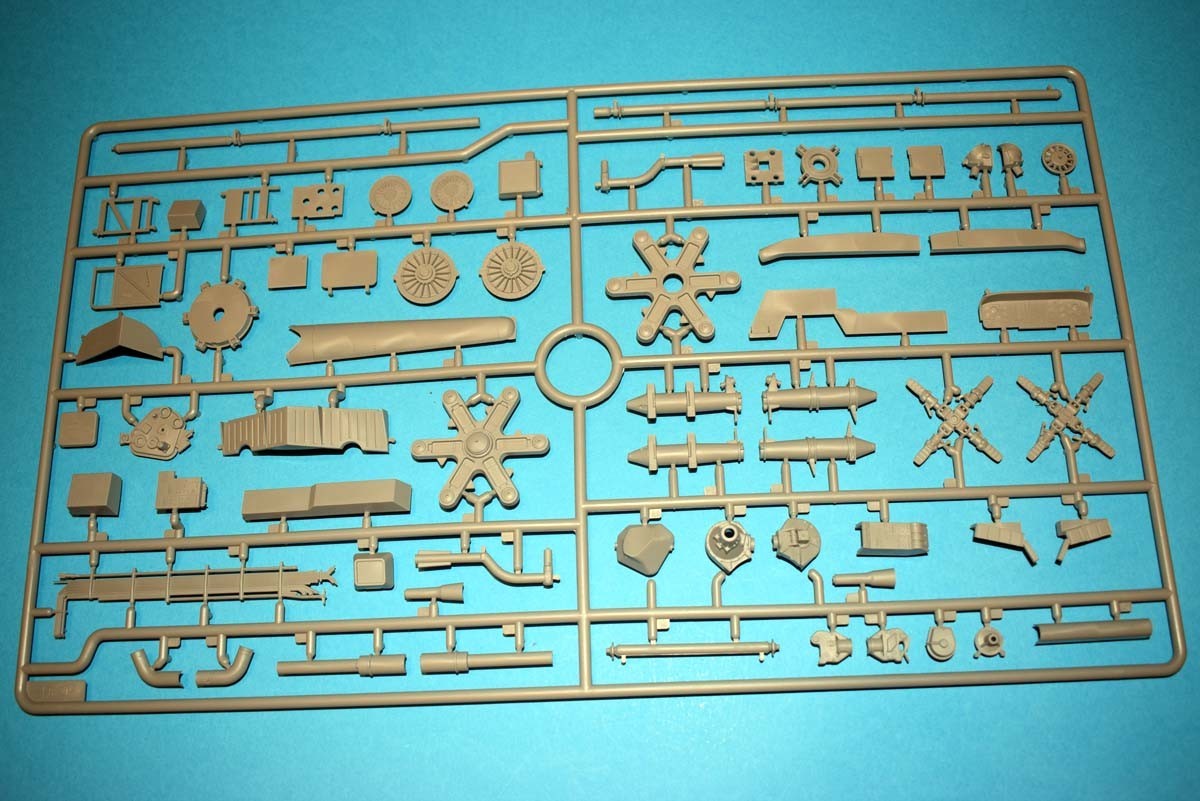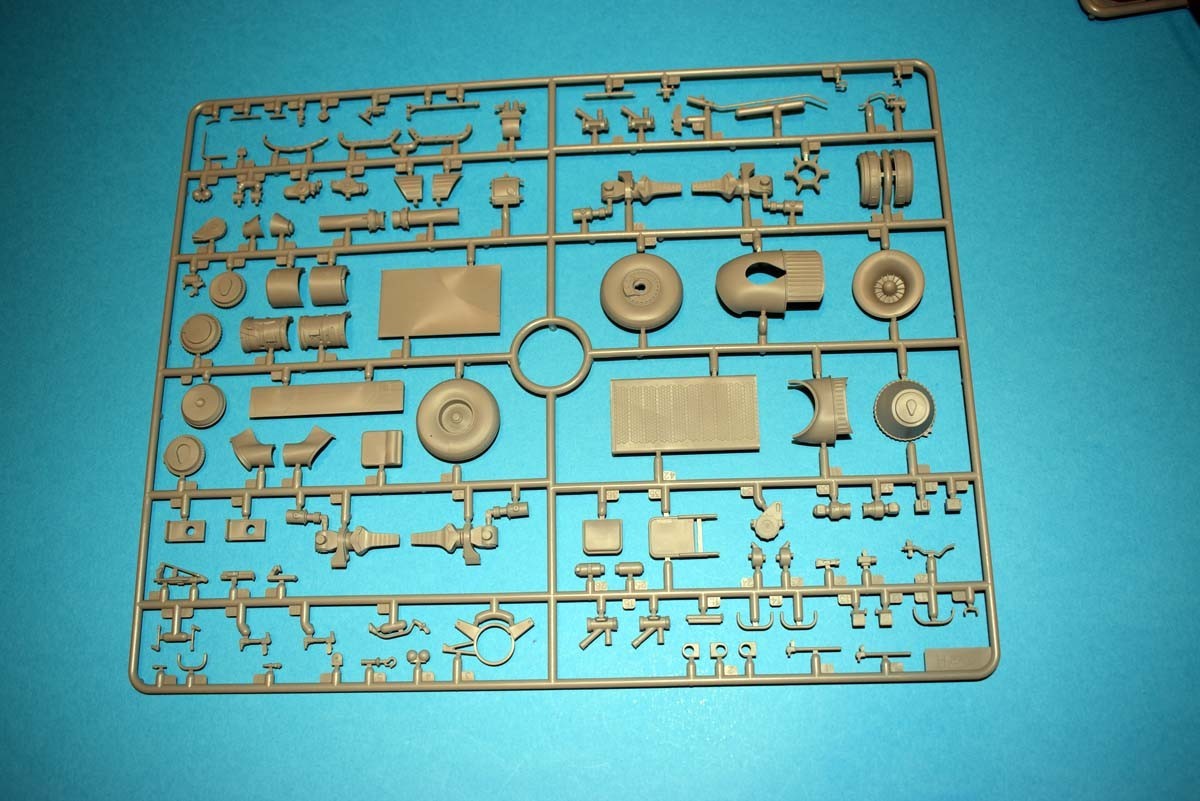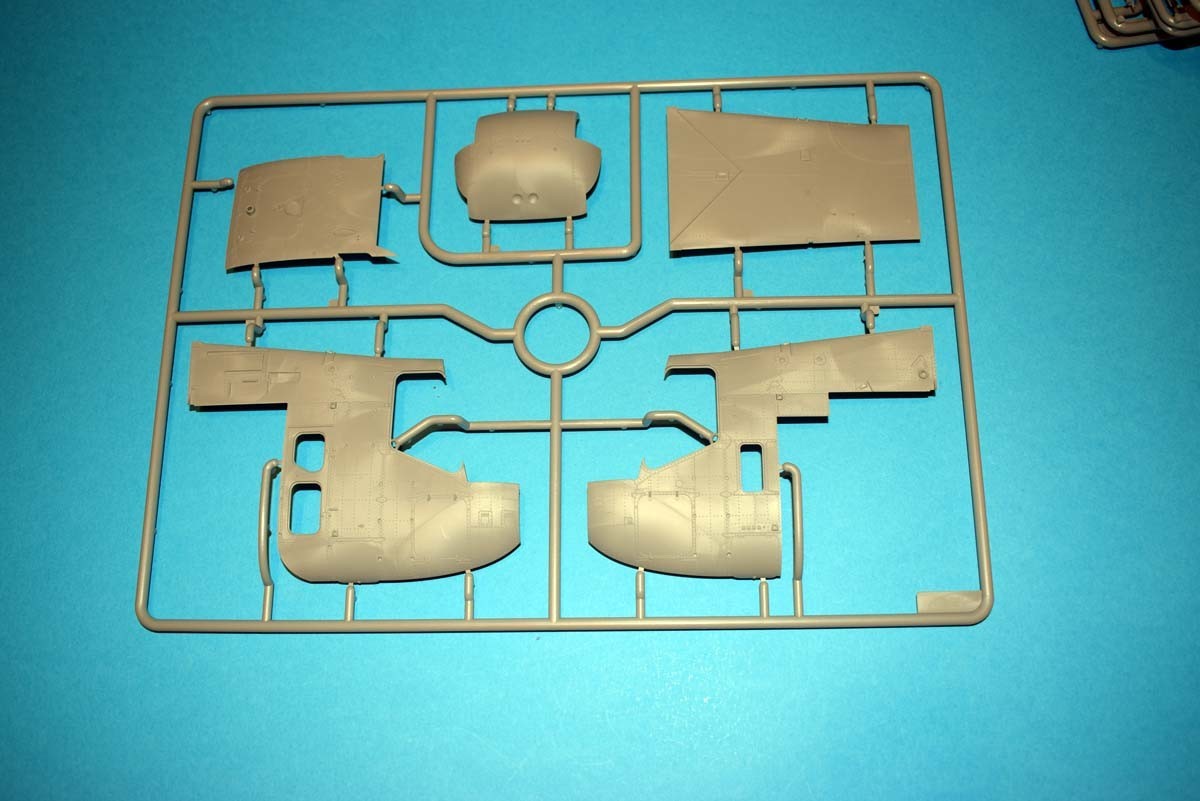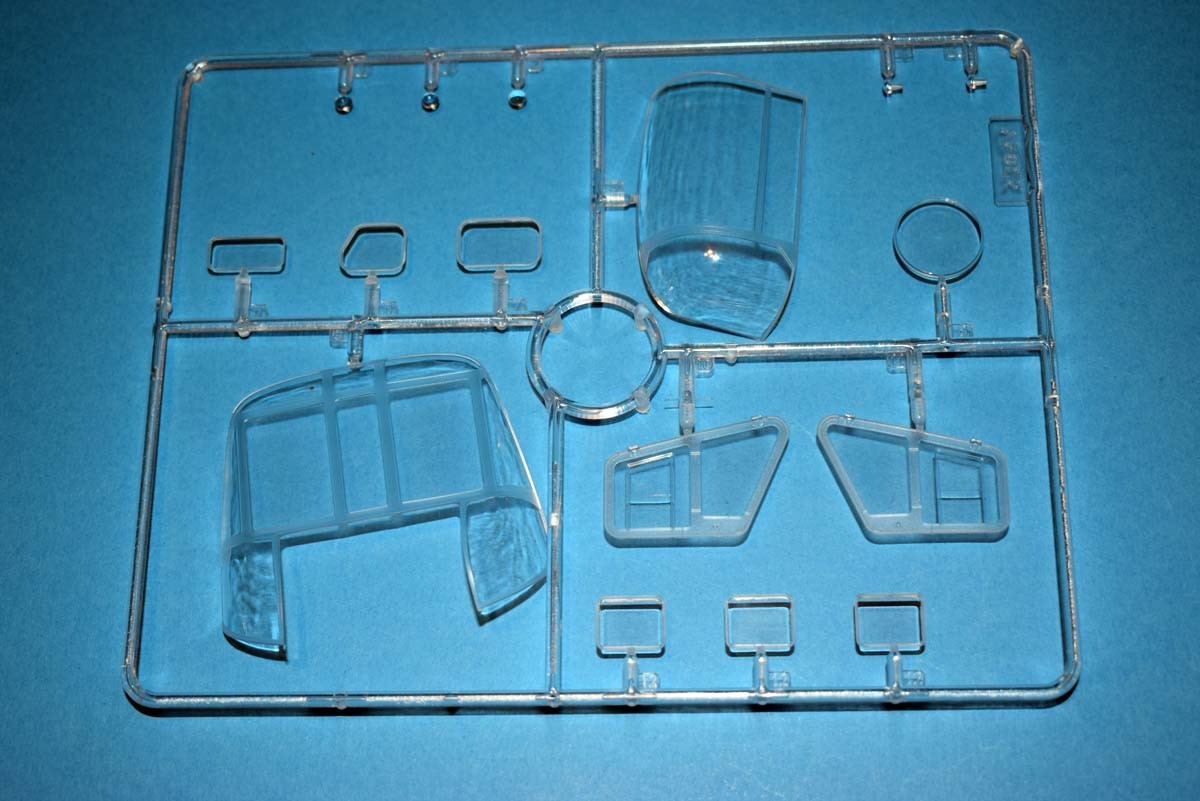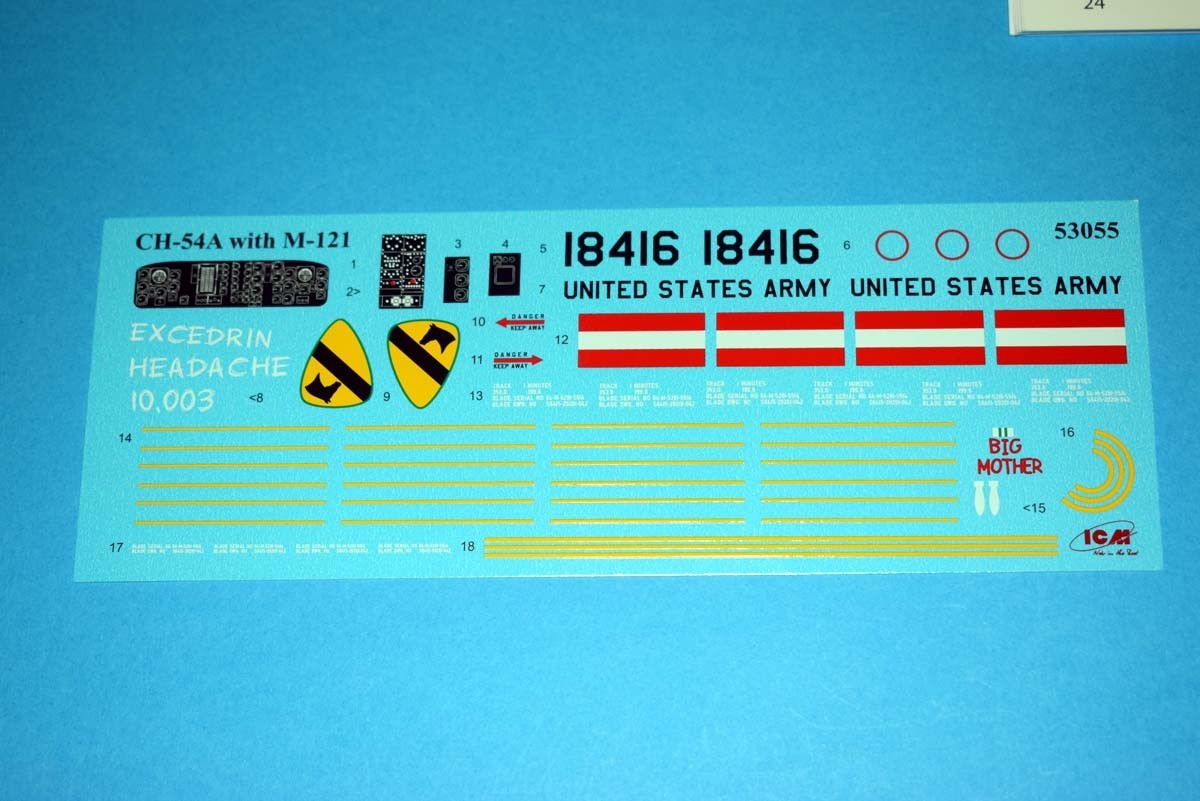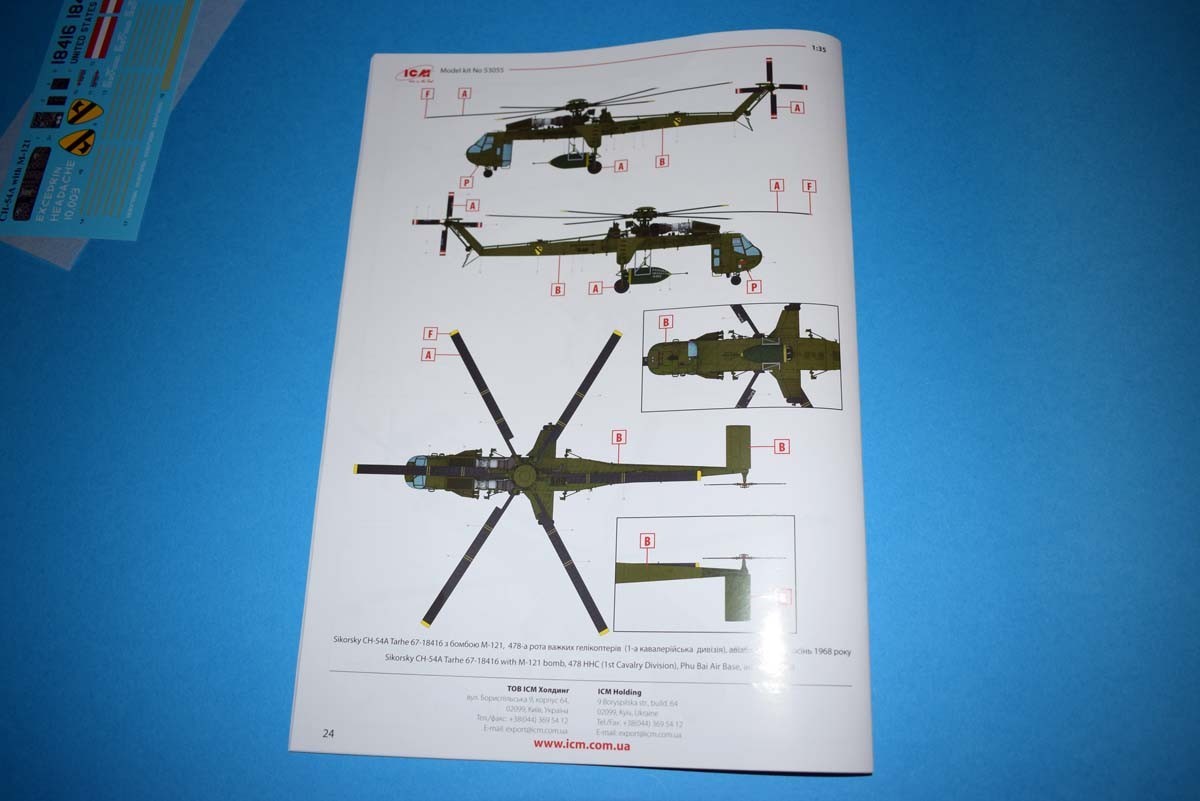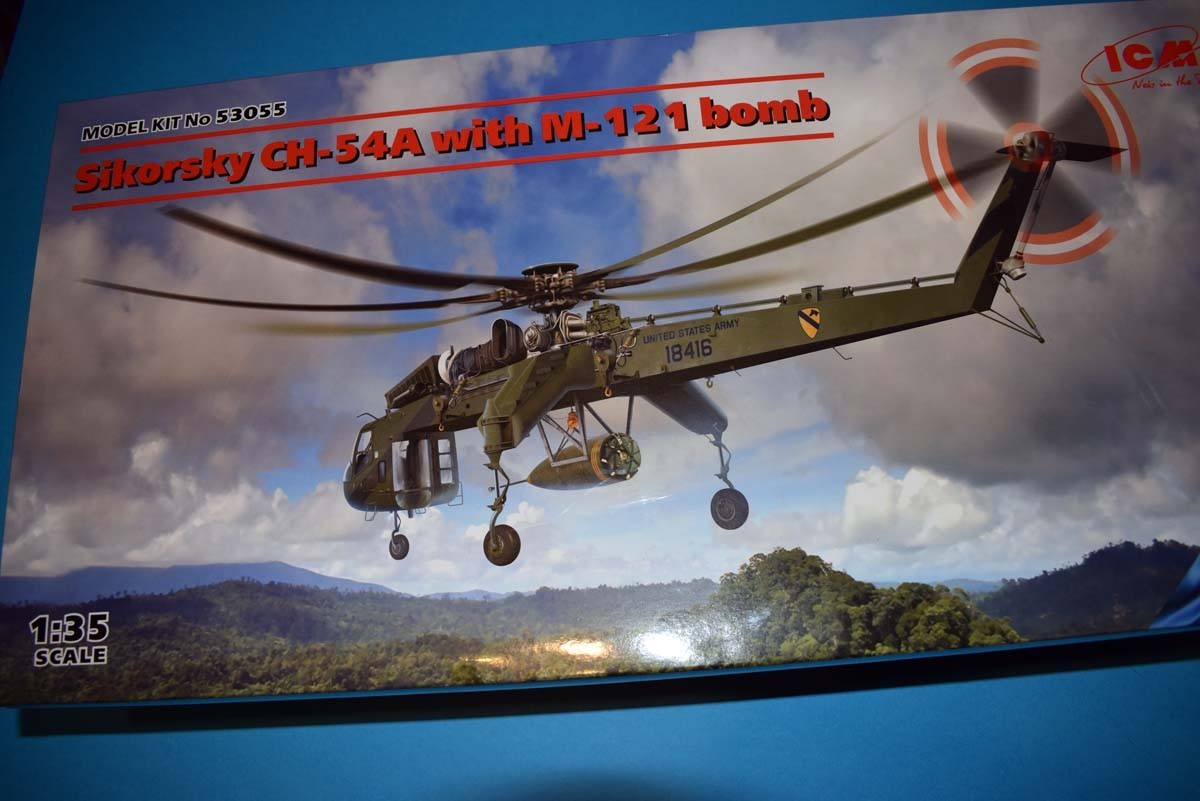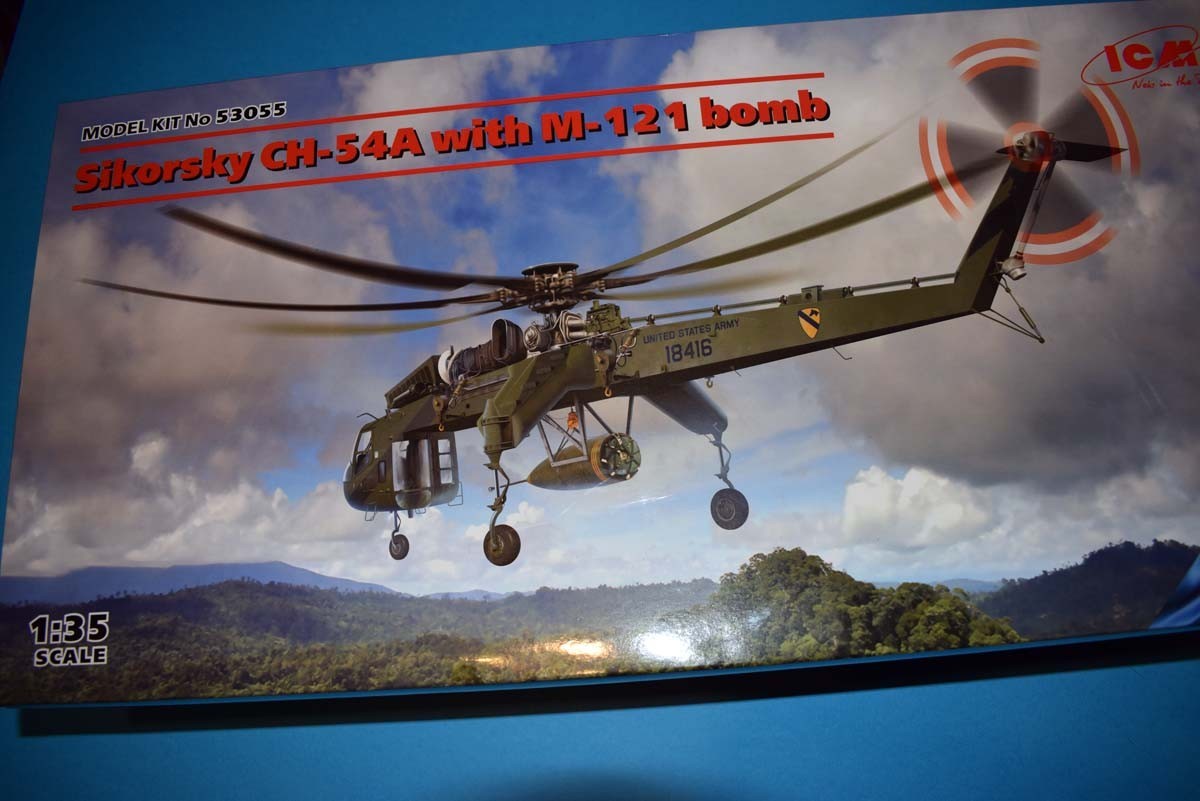
Introduction
The CH-54A heavy helicopter was successfully used by the US Army in Vietnam during the war. It carried a variety of weapons, ammunition, and vehicles including excavators, bulldozers, trucks, and boats. In addition to carrying combat equipment, the CH-54A was also used as a carrier for the M-121 super-heavy bomb. Such bombs were dropped in order to quickly clear the forest under the helipad. This allowed for a shorter landing time and a more flexible response to a tactical situation. For these tasks, the M-121 was partially upgraded – the rear hull and tail stabilizers were removed and a special parachute was added to slow its fall. The bombs were also equipped with an elongated nose detonator to provide a blast height of about 3 feet off the ground. These upgraded bombs were used until they were out of stock, the last being used on 8 August 1970.
Reviews
The model of the CH-54A is the same as the previous released to the best of my knowledge, and I am not aware of any complaints from the previous release, so that bodes well. Being 1/35th and a large helicopter there is always the risk of sag where you don’t want it, and in order to avoid this issue you have a number of criss-crossings frame to help prevent droop from occurring, and also providing the model with extra stability with locations such as the rear wheels. The cockpit of the model is the only place where I have a complaint, and what do you know - NO harness detail is provided and a model of this scale with large glazed areas really needs that sort of detail. Otherwise I am happy with what is provided, but there is always room for you to take the detail further. Externally on the fuselage of the aircraft, ICM has done a good job of covering the exposed cable details on what I believe to be hydraulic/fuel lines.
Engine detail on the model has limited detail as in not being a full engine, but what is provided with the view that you will have of it should be pleasing, but again if you want to go further the sky is the limit. The same is true of the gearbox, with most modellers being really happy with what is present. The rotor-head has a very pleasing level of detail, with a large amount of it being moulded in place. The second issue I have found with this model, is that the length of the rotor blades means they should sag over their total length, and I suspect flex upwards when in flight. The blades provided are flat, and so anybody wishing to sag the blades or flex, I would advise building yourself a jig so that all 6 blades can be bent to the same degree, and obviously the jig will need to be resistant to heat. The air filter intakes are well detailed, but are one of the areas that could be have further detail added by looking for photo etch replacements of the grilles.
The M-121 bomb can trace its development back to the tall boy bomb, as designed for the Royal Air Force during World War 2 and used on a number of occasions against high priority targets. The bomb itself almost looks more akin to a very large external fuel tank with a large probe on the front. My observations of moulding against images of the actual bomb would indicate that the shape of the nose of the bomb is incorrect. The moulding itself is more akin to the shape seen on an artillery shell, in that a curve is seen between the front to rear rather than a straight line, as the actual bomb on the photographs I have seen appears to be a tapered cone down to the fuse. I am not prepared to say the ICM has got it wrong, as I suspect alternate shapes may have been seen. Moving to the rear of the bomb, there is a stowed parachute used to slow the decent of the bomb and unlike the earthquake bomb of World War 2 this is designed to burst above the ground.
Finishing options for this release are restricted to a single option, which is a Sikorsky CH-54A Tarhe 67-18416 with M-121 bomb, 478th HHC (1st Cavalry Division), Phu Bai Airbase, Autumn 1968. An examination of the decal sheet reveals good colouration and clean print, but running my finger over the decals I can feel them on the carrier sheet, which may indicate that they are a little on the thick side.
Conclusion
While I have pointed out a couple of details that I am either unhappy with or unsure of, I believe that this release will be as equally well received as the previous offering. One of the things I would have liked to have seen, instead of the bomb load, would be a vehicle or equipment load as it is my belief that that detail would be better received. Surface panels line detail is very pleasing and the intakes, engines and transmission provide a lot of detail straight from the box. So I class this release as a Marmite offering in that some will love and other would have preferred something different.

